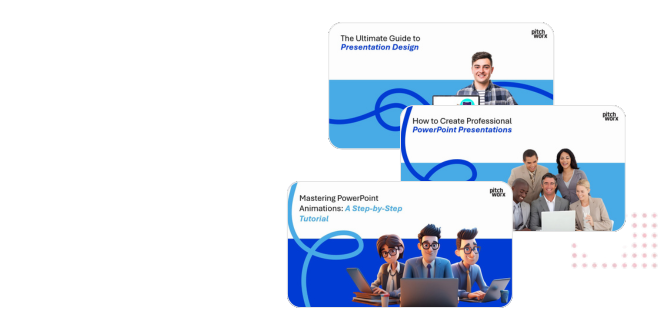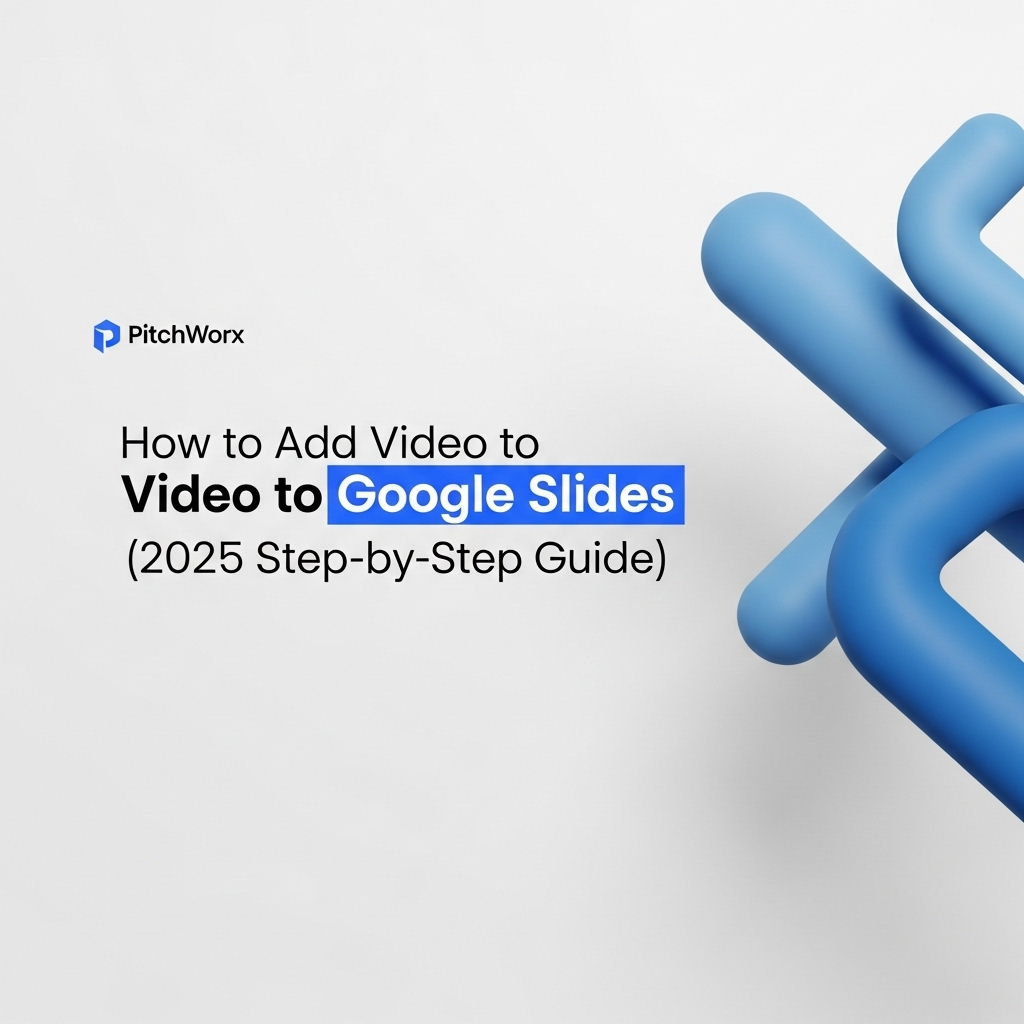Quick Answer
How to add video to Google Slides is a crucial skill for engagement, as viewers retain 95% of a message from video, according to Insivia. To embed a video: 1) Go to Insert > Video and select YouTube or Google Drive. 2) For local files, upload them to Google Drive first. 3) Use the ‘Format options’ sidebar to control playback, start/end times, and audio.
- Go to the ‘Insert’ menu and select ‘Video’.
- Choose your video source: YouTube search, URL, or Google Drive.
- Position the video on your slide and use ‘Format options’ to customize playback.
Table of Contents
Why Video is a Strategic Tool in Presentations
In any high-stakes business presentation, the goal is simple: to hold attention and deliver a message that sticks. Static slides filled with bullet points often fall short. This is where understanding how to add video to Google Slides becomes a strategic advantage, not just a technical skill. It transforms your deck from a passive document into an active, engaging experience.
The human brain is wired to prioritize motion and visuals over static text. When you embed a video—whether it’s a product demo, a client testimonial, or a message from leadership—you create a ‘pattern interrupt.’ This break from the standard slide format recaptures audience focus and significantly boosts information retention. It’s a powerful way to make your key points memorable long after the meeting has ended.
Viewer Message Retention
95%
Source: Insivia
Video Marketing Usage
91%
Source: Wyzowl
At PitchWorx, we’ve seen this firsthand across thousands of client projects. A two-minute video can often convey more trust and clarity than a dozen text-heavy slides. It allows you to show, not just tell, building a stronger emotional connection with your audience and making your narrative more persuasive.
How to Add Video to Google Slides: A Step-by-Step Guide
Google Slides simplifies the video embedding process by offering two primary, streamlined methods: pulling from YouTube’s vast library or securely inserting from your own Google Drive. Notably, there is no direct “upload from computer” button, but the Google Drive method serves as the seamless workaround for any local video file.
Method 1: Inserting a Video from YouTube
This is the fastest option for public-facing content, such as marketing materials, training modules, or presentations where you need to reference an existing online video.
- Select Your Slide: Open your presentation and navigate to the slide where the video will be placed.
- Open the Video Menu: From the top menu, click
Insert, then selectVideo. - Find Your Video: The dialog box defaults to the ‘YouTube’ tab. You can use the search bar to find a video or click ‘By URL’ to paste a direct link.
- Select and Insert: Click the desired video thumbnail to highlight it, then click the blue
Selectbutton. The video will appear on your slide, ready to be resized and positioned.
Method 2: Inserting a Video from Google Drive
This method is essential for any internal, confidential, or proprietary video content. It keeps your assets secure within your company’s Google Workspace ecosystem.
- Upload the Video File: First, upload your video file (e.g., MP4, MOV) from your computer to your Google Drive account.
- Check Sharing Permissions: This is a critical step. In Google Drive, right-click the video, select
Share, and ensure the settings allow your presentation audience to view it. For internal decks, ‘Anyone in your organization with the link can view’ is a reliable choice. - Navigate in Google Slides: Return to your presentation, go to
Insert>Video, and click the ‘Google Drive’ tab. - Select Your File: Your recent videos will appear. Select the correct file and click
Selectto embed it in your slide.
Mastering Video Playback and Formatting Options
Embedding the video is just the start. Professional presentations control exactly how and when that video plays. To access these controls, click on your video and select ‘Format options’ from the toolbar. This opens a sidebar packed with customization tools.
- Playback Control: By default, videos are set to ‘Play (on click)’. You can change this to ‘Play (automatically)’ to start the video as soon as the slide appears, or ‘Play (manual)’ if you intend to control it with the play button.
- Custom Start/End Times: This is a powerful feature for keeping your presentation concise. Instead of playing a full five-minute video, you can set it to play only the most impactful segment, for example, from 0:45 to 1:30.
- Mute Audio: This is perfect for using video as a dynamic, silent backdrop while you speak over it, or for purely visual demos where audio is unnecessary.
- Size & Rotation: While you can drag to resize, this panel allows for precise adjustments to ensure your video aligns perfectly with other slide elements.
Thoughtful use of these settings demonstrates polish and respect for your audience’s time. It’s a key part of designing effective marketing decks that guide the viewer’s focus intentionally.
About PitchWorx
PitchWorx is a global presentation design agency with 13+ years of experience and 150,000+ slides delivered for Fortune 500 and startups across US, India, and UAE. Our ISO 27001-certified process ensures your ideas are transformed into clear, compelling, and secure visual narratives that drive action.
Troubleshooting Common Video Embedding Issues
Even with a smooth workflow, you might encounter a few common hiccups. Here’s how our team typically resolves them for clients:
- Error: ‘This video is unavailable.’ or ‘Video cannot be played.’
For YouTube videos, this often means the creator has disabled embedding. For Google Drive videos, it’s almost always a permissions issue. Revisit the file in Drive and adjust the sharing settings to be less restrictive. - Problem: The video is buffering or lagging during playback.
This is a network issue, not a problem with Google Slides itself. A weak Wi-Fi connection is the typical cause. For any critical presentation, we strongly advise using a stable, wired internet connection to ensure smooth playback. - Issue: My recently uploaded Google Drive video isn’t visible.
Large video files require time for Google to process and prepare for streaming. If you’ve just uploaded it, wait a few minutes, refresh your Google Slides tab, and try inserting it again.
For more technical questions, the official Google Docs Editors Help center is a comprehensive resource.
Frequently Asked Questions
Can I add a video to Google Slides directly from my computer?
No, there is no direct upload option. The standard workflow is to first upload your video file to Google Drive. From there, you can easily insert it into your presentation using the ‘Google Drive’ tab in the ‘Insert Video’ menu.
How do I make a video play on a loop in Google Slides?
Google Slides does not offer a native ‘loop’ feature. The best workaround is to edit the video file itself in an external editor to repeat the clip multiple times. Upload this longer, looped version to achieve the desired effect.
What is the maximum file size for a video in Google Slides?
The limit isn’t set by Google Slides but by your available Google Drive storage. However, for practical purposes, it is crucial to compress and optimize videos. Very large files (>500MB) can cause slow loading and buffering, especially for viewers with slower internet connections.
Can I embed a video that is ‘Unlisted’ on YouTube?
Yes. You can embed an ‘Unlisted’ YouTube video as long as you have the direct URL. These videos do not appear in public search results but are fully viewable and embeddable for anyone who has the link, making them a good option for sharing content semi-privately.
Can I layer text or shapes on top of a video?
Yes. A video in Google Slides acts like any other object, such as an image or shape. You can place text boxes or other graphic elements over it. Use the ‘Arrange’ > ‘Order’ menu to ensure your text layer is in front of the video player.
Ready to make your next presentation unforgettable?
Our expert designers transform complex slides into powerful business stories that drive results.










